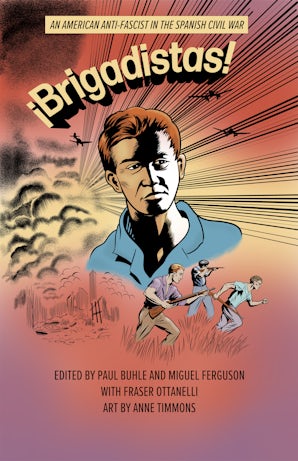Also in this issue
- A Note on the Death of Andre Gunder Frank (1929-2005)
- Labor Needs a Radical Vision
- Canadian Labor Today: Partial Successes, Real Challenges
- Labor Movements: Is There Hope?
- Made in Venezuela: The Struggle to Reinvent Venezuelan Labor
- Mexico's Labor Movement in Transition
- Crisis in the U.S. Labor Movement: The Roads Not Taken
Books by Paul Buhle
¡Brigadistas!
by Miguel Ferguson and Fraser M. Ottanelli
Illustrated by Anne Timmons
Foreword by Paul Buhle
Taking Care of Business
by Paul Buhle
Insurgent Images
by Mike Alewitz and Paul Buhle
Foreword by Martin Sheen
Article by Paul Buhle
- Hubert Harrison: A Giant Remembered
- The Long Road of Tariq Ali
- Empire and Popular Arts: A Note on Roxanne Dunbar-Ortiz's "Indigenous Peoples' History of the United States"
- Ancient Marxist History
- Palestine, Oh, Palestine!
- The Left and the Class Struggle
- Two Intellectual Giants of the American Left
- The Struggle for Scotland's Future
- E.P. Thompson: A Giant Remembered
- Prashad at Large



